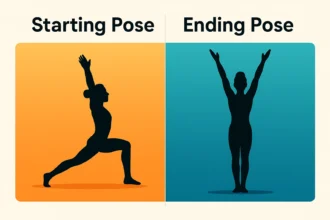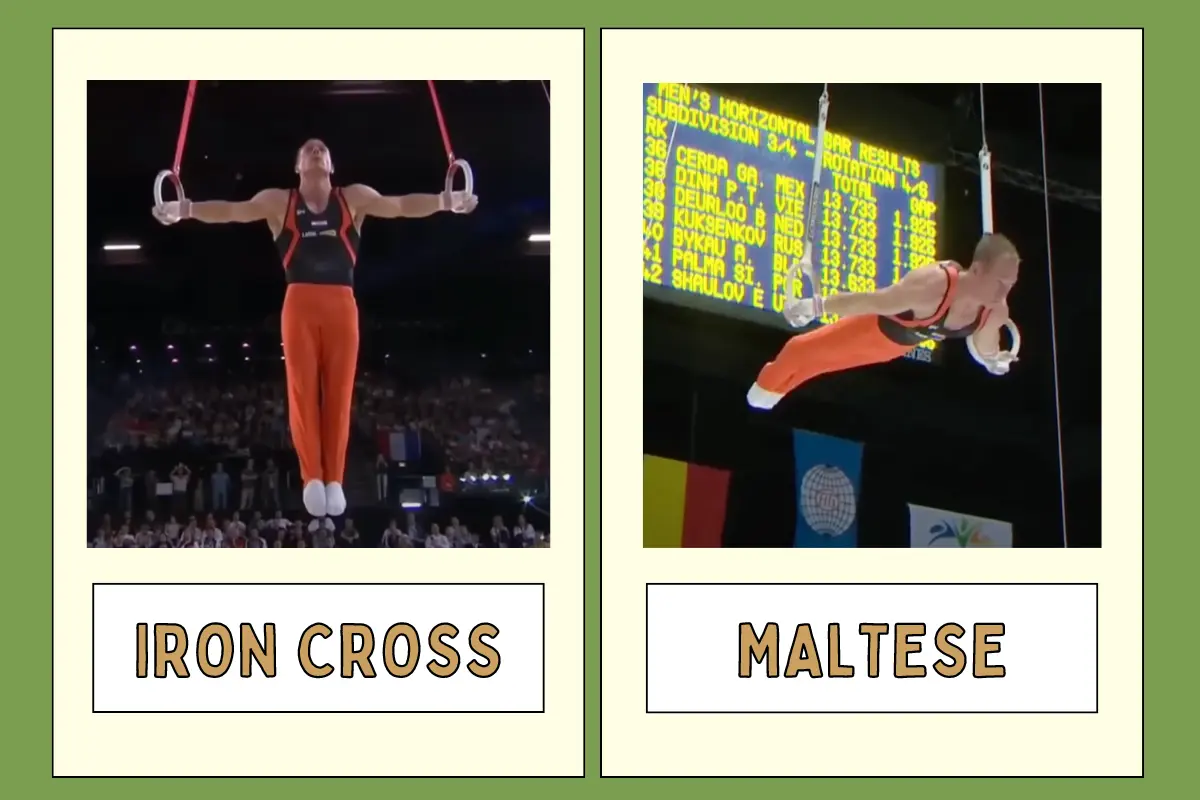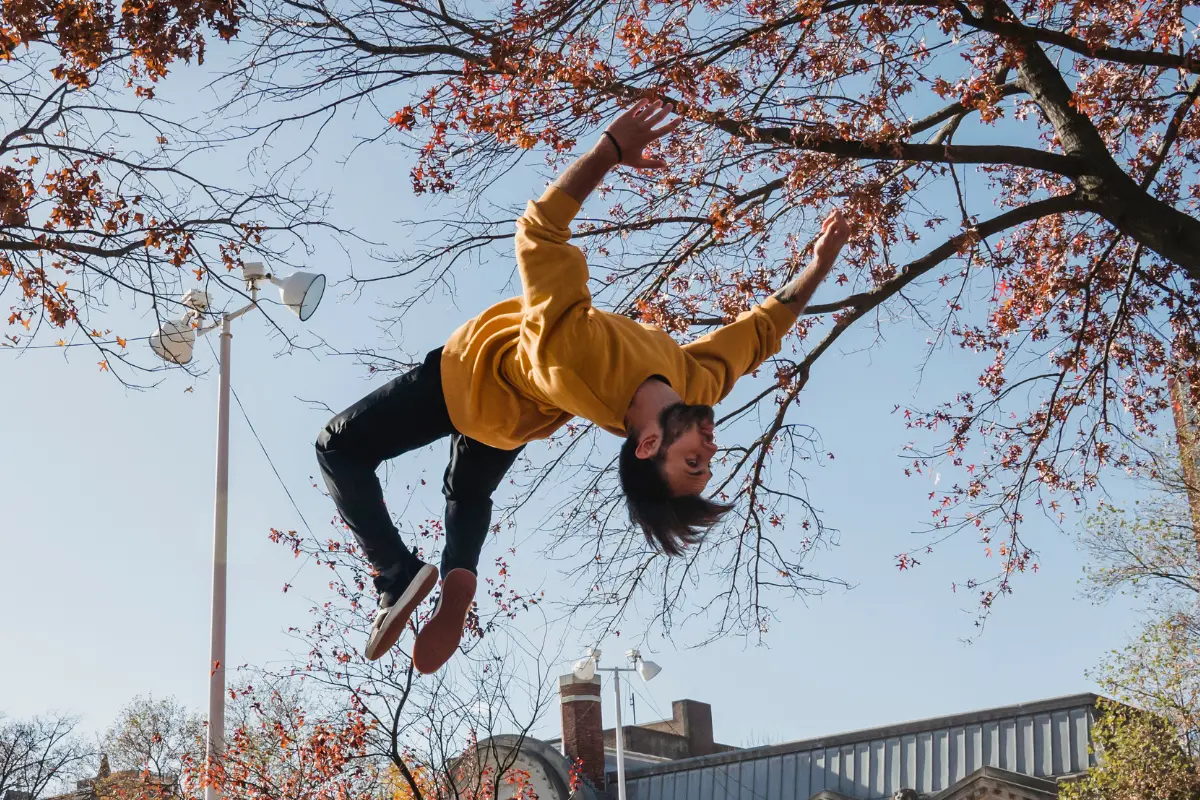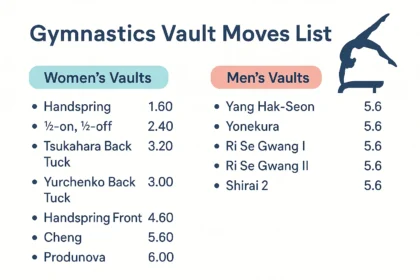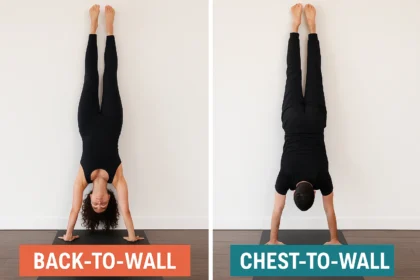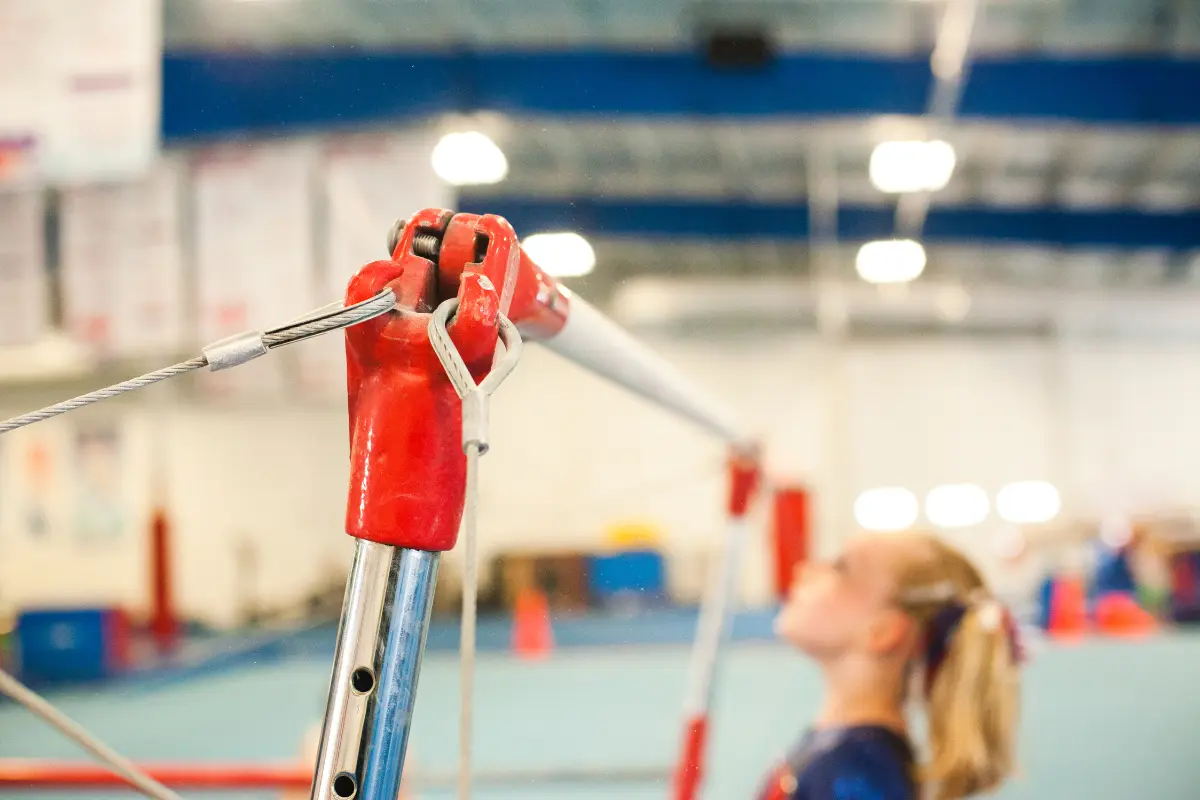The balance beam is one of the toughest events in gymnastics. At just 10 centimeters wide, even the smallest mistake can lead to a big deduction. In the 2025–2028 FIG Code of Points, a few beam skills stand out—not just because they’re difficult, but because they’re rare, risky, and impressive when done well.
Let’s take a closer look at the hardest beam skills in today’s Code.
1. The EG (Arabian) Mount – G Value
The EG mount is arguably the boldest way to begin a balance beam routine. Often referred to as an Arabian mount, it starts with a roundoff onto the springboard, followed by a backward jump with a half-twist into a forward tucked salto to land standing on the beam.
This mount is not only rare—it’s incredibly risky. The gymnast cannot spot the beam during the salto, making it a blind landing, which increases the chance of a deep squat or even a fall. A squat landing alone can cost 0.5 in execution deductions.
Originally submitted by Tina Erceg of Croatia at the 2007 World Championships, the skill was initially given an F rating, but it was later upgraded to G in 2013. Today, it’s tied as the most difficult recognized mount on beam.
2. Layout Full Mount – G Value
Sharing the G-rating spotlight with the EG mount is the Layout Full mount. This skill begins with a roundoff onto the springboard and finishes with a stretched (layout) back salto that includes a full twist—landing in a cross stand on the beam.
Few gymnasts dare to start their routine with this skill, and for good reason. Not only does it involve high power and spatial awareness, but it’s also prone to form breaks. Many athletes struggle to stay in a true layout shape and often end up piking toward the end, which can bring 0.1 to 0.3 deductions, depending on the severity of the body position.
Despite the risk, it’s an incredibly bold and crowd-pleasing opening skill.
3. Shishova 2 – G Value
Named after Soviet gymnast Alina Shishova, the Shishova 2 is a back layout with a full twist performed on the beam—not as a mount or dismount. It’s considered the most difficult acrobatic element on the beam mid-routine, excluding mounts and dismounts.
Due to its complexity, it’s nearly always performed in combination, often following a roundoff or two back handsprings. Dang Linlin of China even attempted to link it with a Corbett salto—an extremely gutsy connection.
However, maintaining a fully stretched body throughout is a challenge. Just like the layout full mount, gymnasts often unintentionally pike, leading to deductions. The narrow beam surface makes even the slightest deviation a serious fall risk.
4. Patterson Dismount – G Value
The Patterson dismount is an Arabian double front tuck—meaning the gymnast performs a half twist into two forward saltos before landing. This skill was introduced by Carly Patterson of the United States at the 2003 World Championships.
Like many skills in this list, the Patterson demands serious height. If not executed properly, gymnasts often land in a deep squat, which can cost up to 0.5 in deductions. To generate faster rotation, many gymnasts “cowboy” the skill—separating their knees during the tuck—which can add 0.1 to 0.3 in deductions depending on the leg spread.
Add a blind landing to the mix, and the Patterson becomes one of the most difficult ways to end a beam routine.
5. Full-Twisting Double Tuck Dismount – G Value
Performed as early as 1980 by a 12-year-old Jung Wei of China, this dismount is a classic powerhouse: two back saltos in a tuck position with a full twist included.
Despite its long history, it remains a beast of a skill. Tucked elements require hip and knee angles of less than 90°, and there’s limited space on the beam for a long run-up. If the takeoff is off, you might see deductions for a low chest on landing (up to 0.3) and additional steps (0.1 for a small step, 0.3 for a large one).
Many gymnasts also struggle to keep their legs together through the rotation, which leads to further form deductions.
6. Full-In Double Pike – G Value
A more advanced cousin of the full-twisting double tuck, the Full-In Double Pike adds a pike shape to the already intense skill. While it also carries a G value, it’s considered more difficult to execute cleanly, especially in terms of body form.
Pike position requires a less than 90° hip angle with straight legs, and that’s where the deductions pile up:
- Leg separation: 0.1–0.3
- Flexed feet: 0.1
- Slightly bent knees: 0.1
- Low chest landing: Up to 0.3
These factors make it a deduction minefield, which is why it’s not as popular as its tucked counterpart—despite the equal difficulty rating.
7. The Biles Dismount – H Value
The most difficult beam skill ever recognized—the only one rated H in the FIG Code—is the Biles Dismount, introduced by Simone Biles at the 2019 World Championships.
It’s a double back tuck with two full twists. That’s right: two saltos and two twists on a four-inch beam.
The announcement of the H value stirred controversy. Many in the gymnastics community believed the skill deserved a higher rating (like J), given its extreme complexity. But the FIG released a statement emphasizing safety, noting that double saltos on beam—especially with twists—carry a significant risk of neck injury. Their rating wasn’t just about one athlete; it was about discouraging unsafe replication.
Simone herself expressed frustration in an interview with NBC Sports:
“They keep asking for more difficulty… we give them more, and they don’t credit it.”
As of 2024, she remains the only gymnast to perform it, and with the H rating, it’s unlikely we’ll see another attempt anytime soon.
| Rank | Skill Name | Type | Description | Value |
|---|---|---|---|---|
| 1 | EG Mount (Arabian Mount) | Mount | Roundoff → ½ twist → Front tuck salto to stand on beam | G |
| 2 | Layout Full Mount | Mount | Roundoff → Back layout salto with full twist → stand on beam | G |
| 3 | Shishova 2 | Acro Element | Back layout salto with full twist performed on beam (named after Alina Shishova) | G |
| 4 | Patterson Dismount | Dismount | Arabian double front tuck salto (½ twist into two forward saltos) | G |
| 5 | Full-Twisting Double Tuck | Dismount | Double back tuck with a full twist | G |
| 6 | Full-In Double Pike | Dismount | Double back pike with a full twist (more difficult to execute than tuck) | G |
| 7 | Biles Dismount (Double Double) | Dismount | Double back tuck with two full twists (introduced by Simone Biles) | H |
Which skill is your favorite—and would you ever dare to try one?



